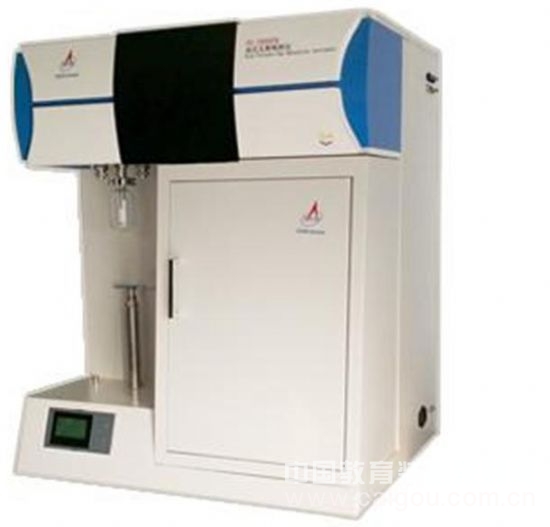
The static capacity method used in the gas adsorption analyzer uses high-pressure adsorption and desorption isotherms using gases such as hydrogen, methane and carbon dioxide.
The volumetric process technique introduces a certain amount of a known gas (adsorbent) into the analysis chamber containing the sample to be tested, and records the final equilibrium pressure when the sample is in equilibrium with the adsorbed gas. These data are used to calculate the amount of gas adsorbed by the sample.
This process is repeated for a set pressure interval until the preselected maximum pressure is reached. The pressure is then reduced, providing a isotherm, and each equilibrium point (adsorption amount and equilibrium pressure) can be used to draw the isotherm.
Good reproducibility and accuracy are achieved by monitoring the manifold and sample chamber with separate sensors.
3H-2000PH high pressure adsorption instrument product application
Carbon dioxide storage
In the study of carbon dioxide sequestration, it is important to assess the amount of carbon dioxide adsorbed by carbon or other materials. The high pressure in 3H-2000PH simulates the subsurface conditions of CO2 injection. The 3H-2000PH is equipped with a low temperature/heating bath that allows the user to assess the absorption of carbon dioxide over a range of stable temperatures and provides data for calculating the heat of adsorption. Since higher pressures cause condensation of carbon dioxide at ambient temperatures, the instrument typically analyzes isotherms below 50 bar.
shale gas
High pressure methane is injected into the shale sample to produce adsorption and desorption isotherms. This provides the amount of methane in the shale at a specific pressure and temperature. The adsorption isotherm can be used to calculate the Langumir surface area and shale volume. The Langmuir surface area is the surface area of ​​the shale when the adsorbed gas is assumed to be monolayer adsorbed. The Langmuir adsorption capacity is the amount of methane absorbed at an infinite pressure—the maximum amount of methane that can be adsorbed to the surface of the sample.
Coal bed methane
Porous coal samples from the bed can be analyzed with 3H-2000PH to determine their methane reserves under high pressure. This allows the user to obtain the methane adsorption and desorption properties of the subterranean coal seam, which is useful for determining the approximate reserves of coal seam hydrocarbons. The kinetic data can show the adsorption and removal of methane from these porous carbon samples at specific pressures and temperatures. Attached rate. CO2 will condense at higher pressures.
Hydrogen storage
Determining the hydrogen storage capacity of materials such as porous carbon and metal organic frameworks (MOFs) is critical in modern clean energy demand. These materials are ideal for storage because they safely adsorb and desorb hydrogen. The adsorbed hydrogen stored in the MOFs has a higher energy density than the hydrogen, but does not require the low temperature required to maintain the hydrogen liquid state. The 3H-2000PH software provides a weight percent plot showing the amount of gas adsorbed at a given pressure—the standard method of sample hydrogen storage.
Other Home Storage & Organization
Storage Shelf:
Storage Shelf uses stainless steel or iron material, will be easy for cleaning and can be used at home, restaurant and so on. These Storage Shelves are made up of 3 main parts, will be easy to assemble and detach. We could print logo on these kitchen solid shelf as needs. Normal mailing order package will be convenient for online selling, no need to repack.



Metal Storage Shelf,Foldable Storage Rack,Trapezoid Display Rack,Rapezoid Storage Shelf,Collapsible Storage Rack
Suzhou CoreMission International Trading Co.,Ltd. , https://www.szcoremission.com